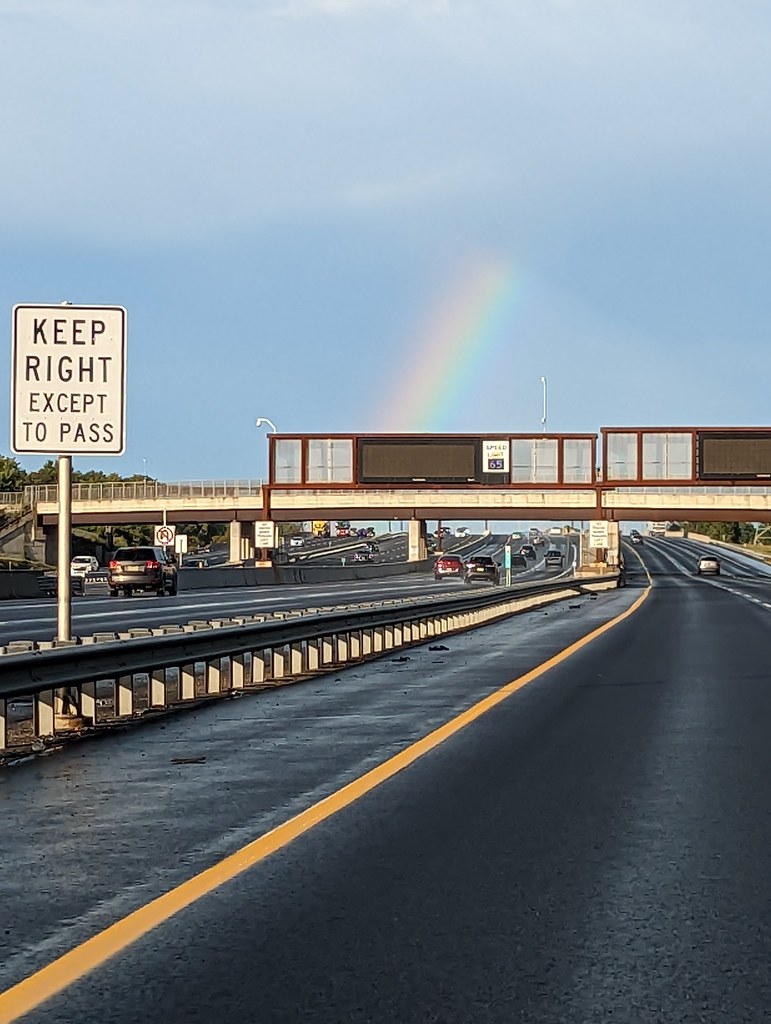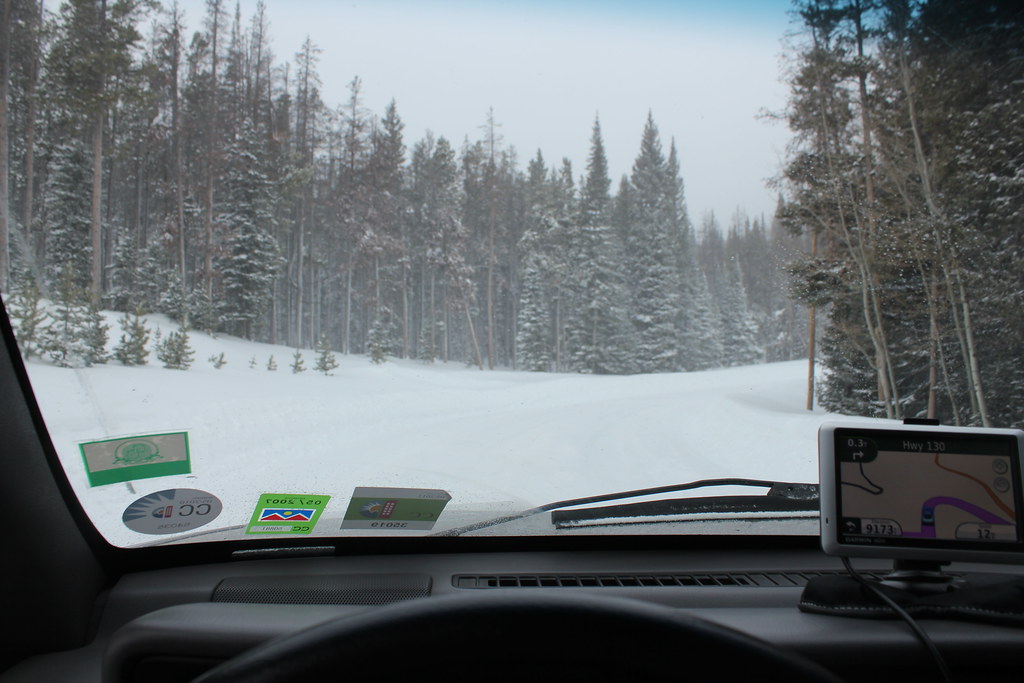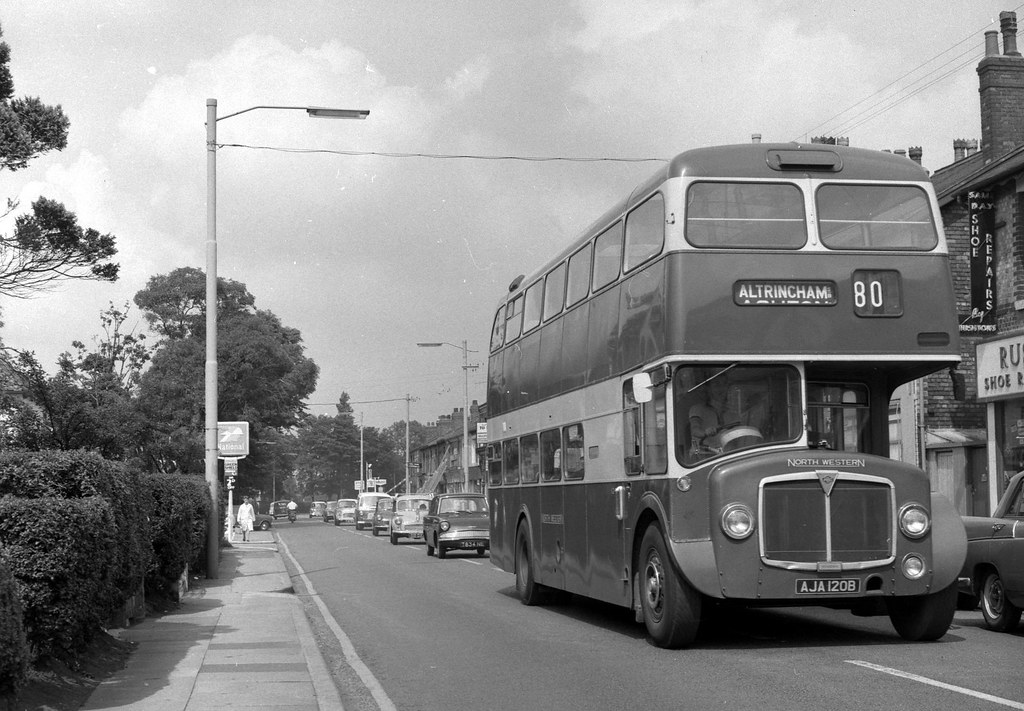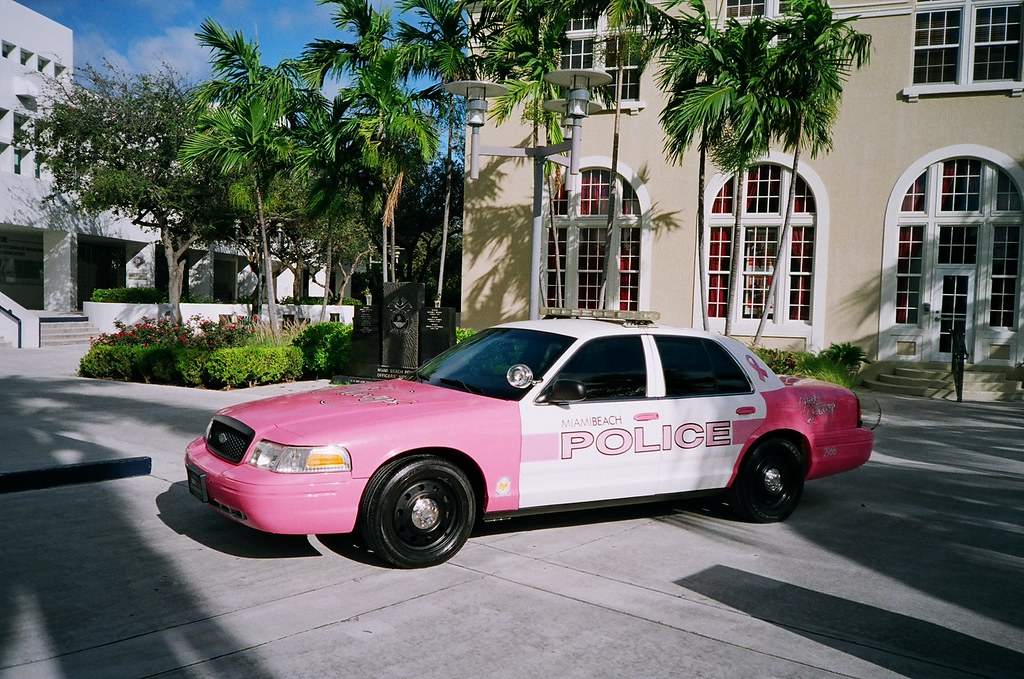
Tailgating – it’s a universal frustration, an unnecessary danger, and unfortunately, a far too common occurrence on our roads. We’ve all felt that unnerving pressure, the vehicle behind riding too close, diminishing our reaction time and transforming a routine drive into a stressful ordeal. Beyond the immediate irritation, this hazardous practice significantly contributes to road accidents, impacting countless lives each year with grave consequences.
The statistics are stark: Highways England reports that tailgaters are responsible for a startling one in eight road crashes. Every year, over 100 individuals suffer death or serious injury in accidents directly attributable to tailgating motorists. This isn’t just about minor fender-benders; it’s about life-altering events stemming from a lack of safe following distance, highlighting the urgent need for effective solutions.
Many drivers, when confronted with a tailgater, instinctively consider aggressive maneuvers like tapping their brakes to signal displeasure or create distance. However, experts strongly advise against such actions. Instead, there’s a smarter, safer way to handle these close-following vehicles, one that avoids escalating road rage and maintains your control. Let’s delve into the crucial strategies shared by driving experts to keep us all safer on the asphalt.

1. **National Highways’ Commitment: Campaigning for Safer Roads**Recognizing the pervasive and dangerous nature of tailgating, National Highways initiated a significant campaign in 2022 to tackle this critical issue head-on. This proactive approach stemmed from compelling studies revealing that tailgating contributes to a substantial one in eight accidents on England’s highways and major A roads. The statistics painted a clear picture: a widespread problem demanding concerted public awareness and educational effort to change driver behavior and save lives.
The campaign’s objective is to raise awareness among motorists about the perils of tailgating and to promote safer driving practices. By highlighting the tangible risks – not just fines and points, but serious injuries and fatalities – National Highways aims to shift the mindset of drivers, encouraging them to maintain appropriate following distances. This is a crucial step in fostering a culture of defensive driving where every road user is mindful of their impact on others.
Such initiatives are vital because while individual drivers can adopt strategies to deal with tailgaters, a systemic reduction in tailgating requires broad public understanding and compliance. By educating drivers on the correct procedures and the severe consequences of careless driving, National Highways seeks to create a safer environment for everyone. Their efforts reinforce the expert advice on leaving bigger gaps and underscore our collective responsibility in preventing road accidents.

2. **Remain Calm and Focused: The Foundation of Control**When a tailgater looms large in your rearview mirror, the immediate surge of panic or anger is a perfectly natural human response. However, driving professionals universally stress the critical importance of maintaining your composure. Your emotional state directly influences your ability to make rational decisions and execute safe driving maneuvers, so letting frustration take over can quickly turn a tense situation into a truly dangerous one.
Experts advise taking a few deep breaths to consciously put your emotions aside. This deliberate act helps you regain control, allowing you to focus squarely on the task of driving and removing yourself from the potentially hazardous situation. Turning down or even switching off the radio, if it helps you concentrate, can be a simple yet effective way to minimize distractions and channel all your attention to the road ahead.
Remaining calm isn’t just about managing your stress; it’s about preserving your ability to stay in full control of your vehicle. A clear head ensures that you can accurately assess the situation, plan your next move, and react predictably, rather than impulsively. This foundational self-regulation is the bedrock for effectively deploying any of the advanced strategies we’ll discuss.

3. **Facilitate Overtaking: The Pull-Over Strategy**One of the most straightforward and least confrontational ways to deal with a persistent tailgater is simply to get out of their way. If it’s safe to do so, pulling over to allow the other vehicle to pass is a highly recommended strategy. This action immediately diffuses the tension and eliminates the immediate danger of someone following too closely, restoring a sense of calm to your drive.
When choosing to pull over, always signal your intention well in advance. This forewarning gives the tailgater behind you, and any other road users, ample time to anticipate your move and react safely. Once you’ve pulled to the side, keep your signal on until you are ready to merge back into traffic, ensuring continuous clear communication of your presence.
In some scenarios, if permitted by the area, you might even consider pulling into a nearby parking lot and waiting until the tailgater has completely passed and is out of sight. However, it’s crucial to exercise caution: this strategy is best avoided on major, multi-lane highways where merging back into fast-moving traffic can be difficult or the shoulder might not provide sufficient space. Always prioritize safety and assess the feasibility of such an action.

4. **Utilize Multi-Lane Discipline: Keep Right Except to Pass**Proper lane discipline is a powerful preventative measure against tailgating, particularly on multi-lane roads. Driving experts strongly advocate for keeping to the right-most lane unless you are actively overtaking another vehicle. This fundamental rule of road etiquette ensures that the passing lanes remain clear for faster traffic, thereby minimizing the likelihood of encountering an impatient driver eager to get around you.
This practice is especially vital in areas where passing lanes may be intermittent, appearing only for a few kilometers. By staying right, you’re not only adhering to the Highway Code but also proactively managing the flow of traffic, which can significantly reduce the chances of a tailgater accumulating behind you. It establishes predictability and courtesy, fostering a more harmonious driving environment.
Even if you are traveling at or near the speed limit, occupying the left-most lane unnecessarily can invite tailgaters. By consistently moving to the right after passing, you provide ample opportunity for other drivers to proceed at their preferred speed, effectively preventing the build-up of pressure from vehicles behind you. It’s a simple act of consideration that goes a long way in road safety.

5. **Maintain Consistent Speed: Avoid Unpredictable Fluctuations**Inconsistent driving speeds are a common catalyst for tailgating, as they can frustrate drivers behind you who may then struggle to judge when it’s safe to overtake. A vehicle whose speed constantly varies makes it difficult for a following driver to predict movements, leading them to close the gap in an attempt to maintain flow or find an opening. To counteract this, maintaining a constant and steady speed is highly effective.
If your vehicle is equipped with cruise control, this is an excellent opportunity to utilize it, particularly on highways or suitable roads. Engaging cruise control helps to maintain a precise speed, eliminating the subtle accelerations and decelerations that can be difficult for other drivers to anticipate. This predictability allows tailgaters a clearer assessment of when and how to pass you safely.
It is imperative not to purposely change your speed as a form of communication or annoyance towards a tailgater. Deliberately slowing down or speeding up can easily inflame the situation, escalating road rage and potentially leading to an accident. Your primary goal is to drive safely and predictably, providing the tailgater with the best possible conditions to eventually overtake you without incident.

6. **Leverage Slow Traffic Pull-Outs: A Courtesy for Flow**Certain roads, especially those characterized by winding sections or steep hillsides, are specifically designed with designated slow traffic pull-out spots. These strategically placed areas allow slower drivers to temporarily move off the main road, enabling other vehicles to pass unimpeded. Utilizing these pull-outs is a commendable act of road courtesy and a highly effective tactic when you have a persistent tailgater.
These pull-outs are typically found in locations where there isn’t enough space for a full passing lane, making them essential for maintaining traffic flow. Even if you are meticulously adhering to the speed limit, you might still be driving slower than the general flow of traffic or a particularly impatient tailgater. Using a pull-out in such circumstances demonstrates responsible driving and helps prevent road rage from developing.
By taking advantage of these designated areas, you not only alleviate the pressure from the vehicle behind you but also contribute to overall road safety and efficiency. It’s a practical, problem-solving solution that prevents the tailgater from attempting risky overtakes on unsafe sections of the road, ensuring a smoother journey for everyone involved.

7. **Clear Communication: Signal Your Intentions Early**Effective communication is paramount in preventing misunderstandings on the road, and this becomes even more critical when a vehicle is tailgating you. Driving experts emphasize the importance of signaling your intentions well in advance—whether you plan to turn, change lanes, or slow down. This proactive signaling provides the driver behind you with the extra time they desperately need to react safely, given their reduced following distance.
Because of the severely limited space between your car and the tailgater, any sudden or uncommunicated maneuver from your end can trigger an emergency situation. A clear, early signal acts as an invaluable warning, allowing the tailgater to adjust their speed or position without having to react abruptly. This significantly reduces the risk of a rear-end collision, even if the primary fault would lie with the following driver.
Making your intentions explicit and timely helps to de-escalate the tension and removes ambiguity from your driving behavior. It allows the tailgater to better understand your next move, giving them the necessary information to anticipate and prepare, rather than being caught off guard. This simple practice is a cornerstone of defensive driving, especially when dealing with close-following vehicles.

8. **Strategic Positioning: Following a Truck at a Safe Distance**For drivers who frequently find themselves being tailgated, perhaps due to maintaining a slightly slower pace than the prevailing traffic, a clever and often overlooked strategy is to position yourself behind a truck. Of course, this must always be done while maintaining a safe following distance, adhering to the 2, 4, or 20-second rules appropriate for the conditions. This tactic offers several distinct advantages in mitigating tailgating.
Firstly, trucks typically travel at a consistent, often slightly slower, speed compared to smaller vehicles, which might align better with your comfortable driving pace. By following a truck, you create a natural buffer that discourages tailgating from behind you, as other drivers are more likely to focus on overtaking the larger vehicle ahead.
Secondly, a truck’s sheer size makes it highly visible from a distance. When other drivers see a large truck far ahead, they often mentally prepare themselves to pass it. If you are positioned safely behind that truck, they are more likely to pass both the truck and your vehicle in one smooth maneuver, rather than tailgating you first. This strategic choice allows you to blend into the traffic flow more effectively and reduces your direct exposure to aggressive drivers.

9. **Resisting the Urge to Speed Up: Stay within Your Comfort Zone**When pressured by a tailgater, a common instinctive reaction is to accelerate, hoping to widen the gap and encourage the other driver to back off. However, driving experts strongly advise against this impulse. While speeding up might offer a temporary sense of relief as the gap momentarily increases, it’s often a short-lived solution. The tailgating vehicle is highly likely to simply speed up to match your new pace, quickly closing the gap once again.
This creates a far more dangerous predicament: you are now traveling at a higher speed than you initially felt comfortable with, and you still have an aggressive tailgater right on your bumper. This elevated speed reduces your own reaction time and increases the severity of any potential collision, compounding the initial risk rather than resolving it.
Mastering the art of handling tailgaters is not just about avoiding frustration; it’s about adopting a proactive, defensive mindset that prioritizes safety for everyone on the road. By combining foundational strategies like maintaining safe gaps with advanced maneuvers and disciplined road etiquette, you empower yourself to navigate challenging traffic situations with confidence and control. These expert-backed tips transform a common road hazard into an opportunity to practice superior driving skills, ensuring that every journey is as safe and smooth as possible. Remember, staying calm, communicating clearly, and driving predictably are your best defenses against aggressive following, turning potential conflict into a routine and uneventful part of your drive.


